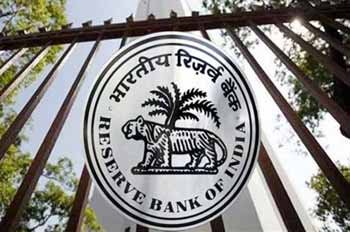India’s foreign exchange reserves have dipped by $2.18 billion in the week ending October 10, 2025, according to data released by the Reserve Bank of India (RBI). The reserves now stand at $697.78 billion, down from $699.96 billion in the previous week. While India’s forex reserves remain one of the largest globally, the decline has prompted analysts to examine potential implications for the country’s currency stability, trade balance, and economic outlook.
“A decline of this magnitude is not alarming in isolation, but it does reflect global market pressures and capital outflows that require careful monitoring,” said Dr. Suresh Nair, an economist at the Centre for Economic Studies.
Why the Forex Reserves Fell
According to RBI officials, the decrease is primarily due to a combination of dollar outflows for imports, foreign debt repayments, and market interventions to stabilize the rupee. Analysts also point to global factors such as rising U.S. interest rates and slowing Chinese economic growth, which have triggered capital movement from emerging markets like India.
“Global liquidity tightening is a reality, and India, with its deep trade integration, is naturally impacted,” commented Richa Agarwal, senior financial strategist.
Implications for the Indian Economy
A strong foreign exchange reserve acts as a buffer against external shocks, helping stabilize the rupee and finance imports. While India’s reserves remain robust compared to most emerging markets, the current decline could affect investor sentiment, especially if the trend continues.
Experts suggest that a sustained dip could lead to a slight depreciation of the rupee, potentially impacting import costs and inflation. However, the RBI’s interventions, including foreign currency operations and policy measures, are aimed at maintaining currency stability.
Impact on Trade and Imports
India’s growing import bills for crude oil, machinery, and electronics have contributed to forex depletion. The current account deficit, which measures the gap between imports and exports, remains a critical indicator for the country’s economic resilience.
“Forex reserves are like an economic shield. While $697 billion is healthy, repeated dips could influence trade financing costs and investor confidence,” noted Anil Deshmukh, a trade policy analyst.
Rupee Stability and RBI Measures
The Indian rupee has remained relatively stable despite global headwinds, partly due to RBI interventions in the foreign exchange market. The central bank has been strategically selling dollars to smoothen volatility and ensure that importers and exporters are not adversely impacted.
RBI spokesperson Priya Menon stated, “Our forex management strategy focuses on maintaining liquidity and stability, ensuring India remains resilient in the face of global market fluctuations.”
Investor and Market Reactions
The news of declining reserves has triggered cautious reactions among investors. Stock markets and currency traders are closely monitoring the trend. Analysts emphasize that while short-term movements are normal, long-term economic fundamentals remain strong.
“Foreign investors look for stability. India’s large reserves are reassuring, but continuous monitoring is essential in volatile times,” said Rajiv Kapoor, chief market strategist at Global Finance India.
Looking Ahead
Economists recommend that India continue diversifying its forex holdings, promoting exports, and maintaining disciplined import strategies. With global uncertainty around interest rates, geopolitical tensions, and commodity prices, the country’s foreign reserves will play a pivotal role in economic stability.
In conclusion, while the $2.18 billion dip has raised eyebrows, India’s forex reserves remain healthy, offering a buffer against external shocks. The RBI’s proactive management, coupled with prudent fiscal measures, will likely ensure that the Indian economy stays resilient amid global market turbulence.










